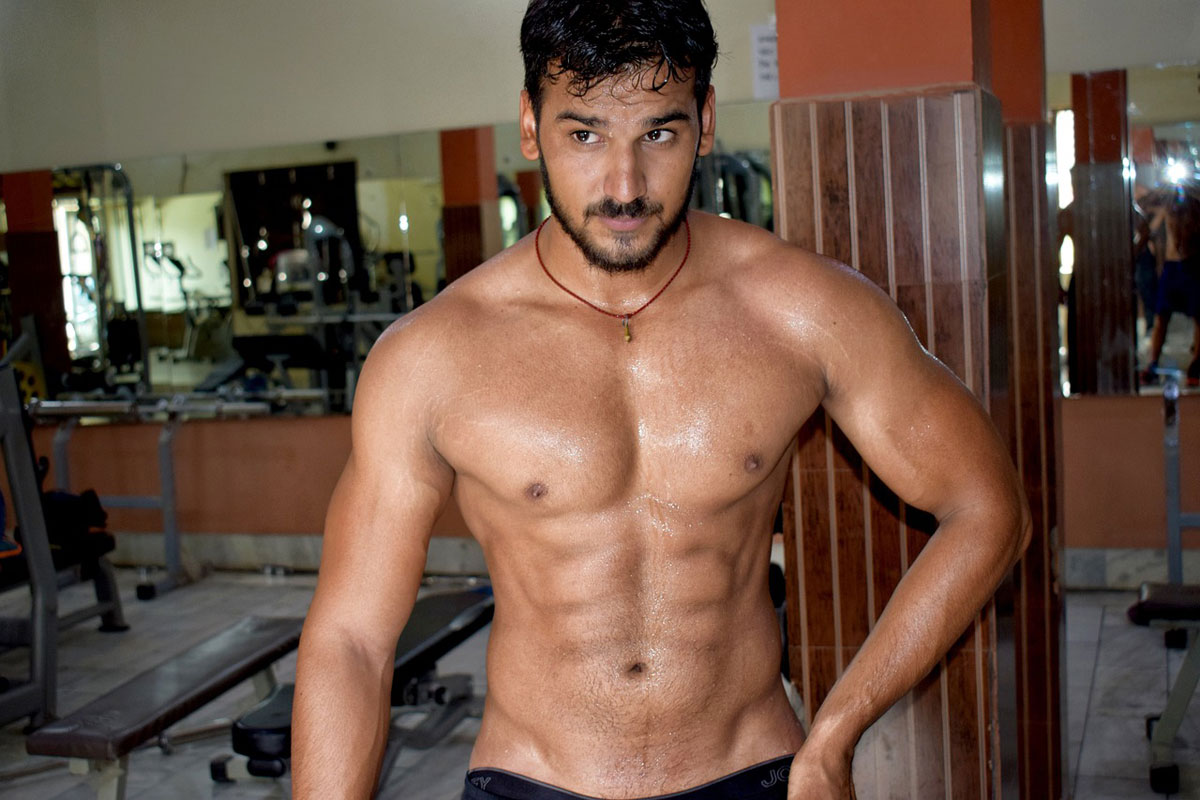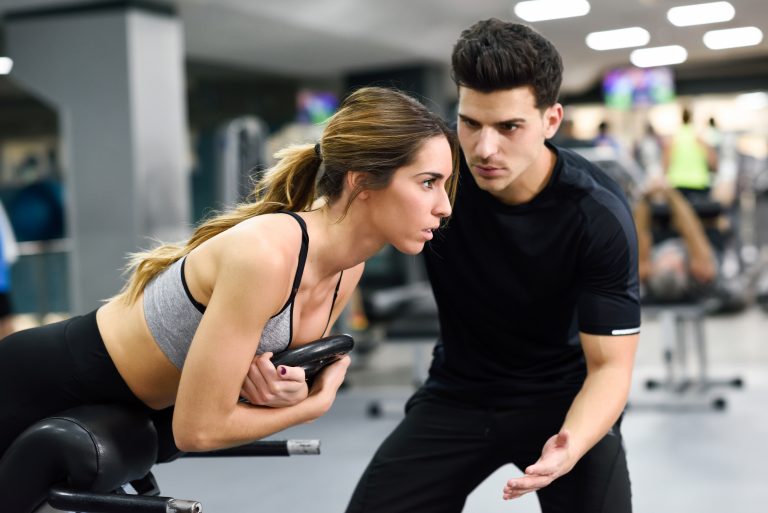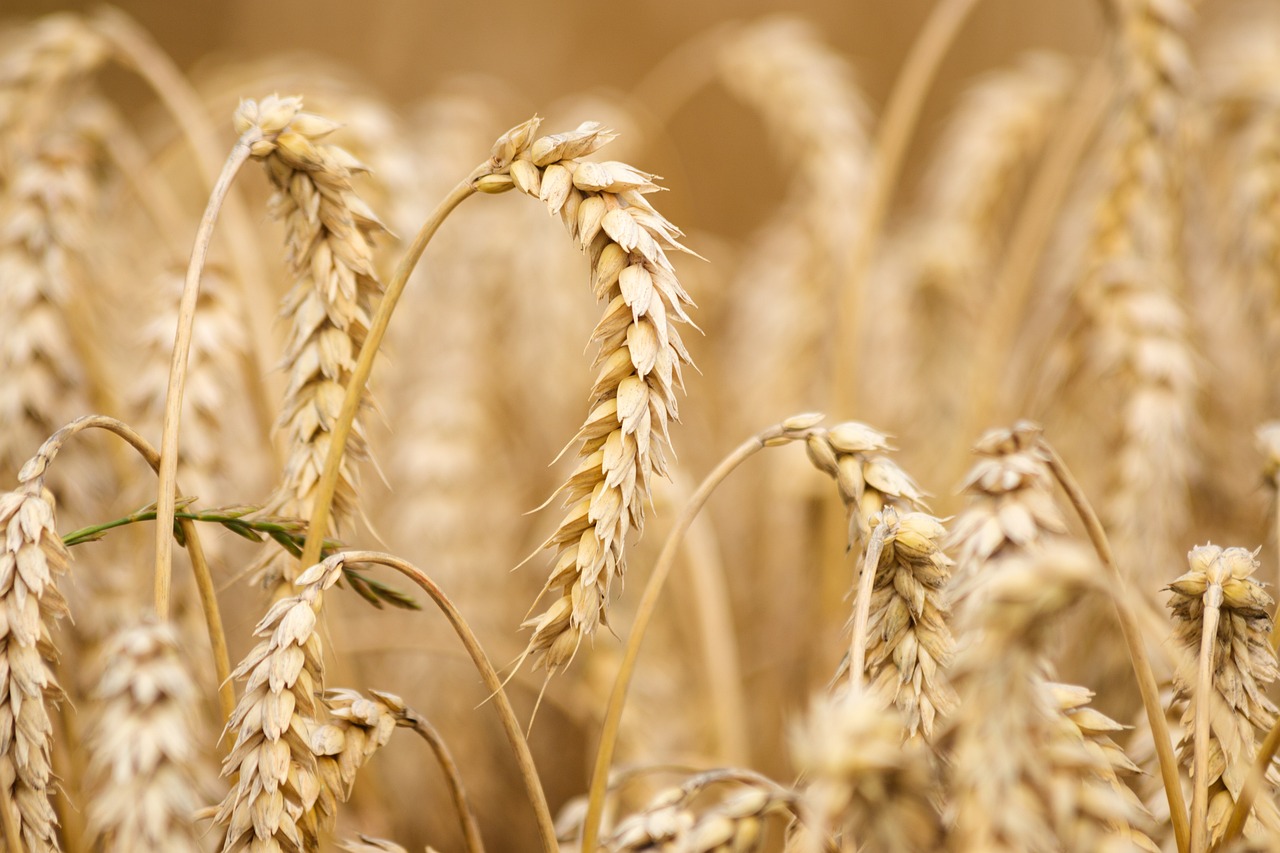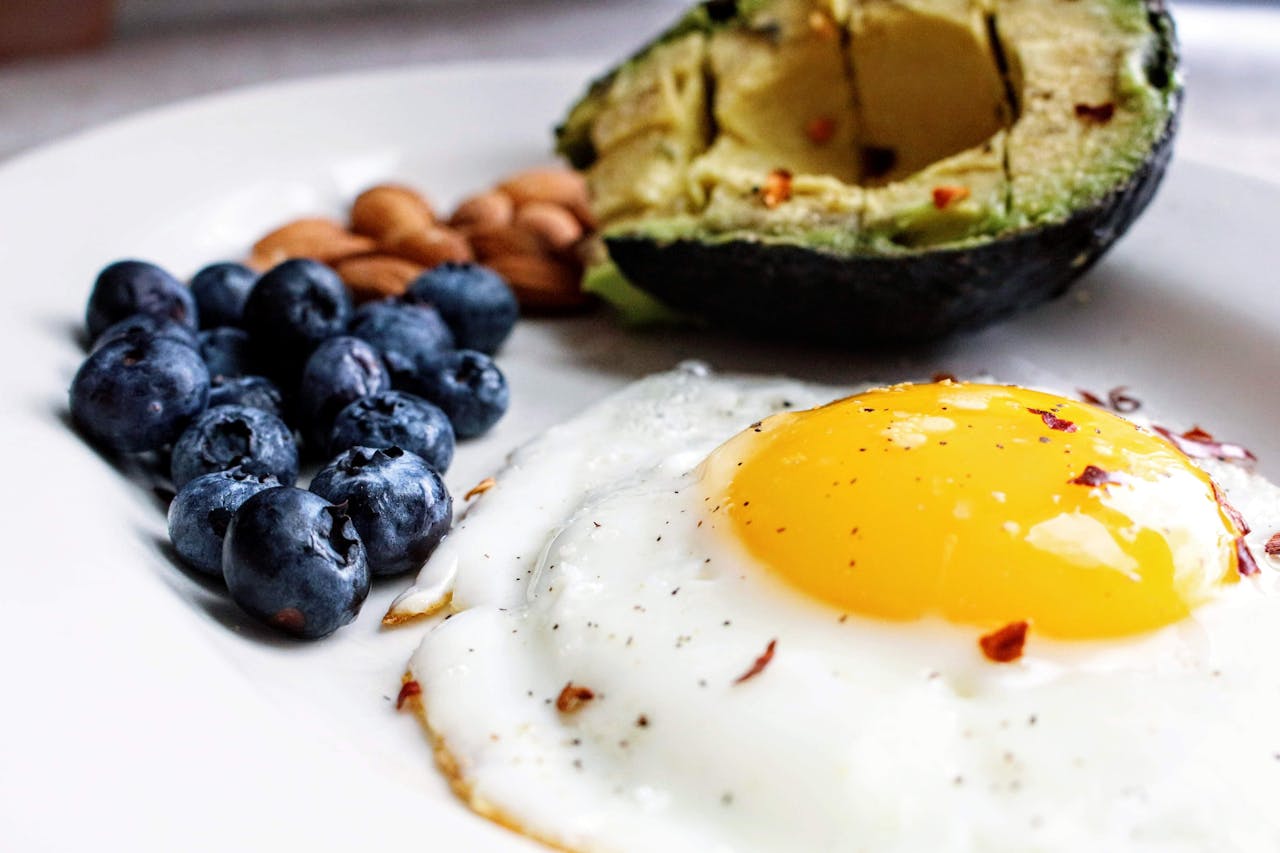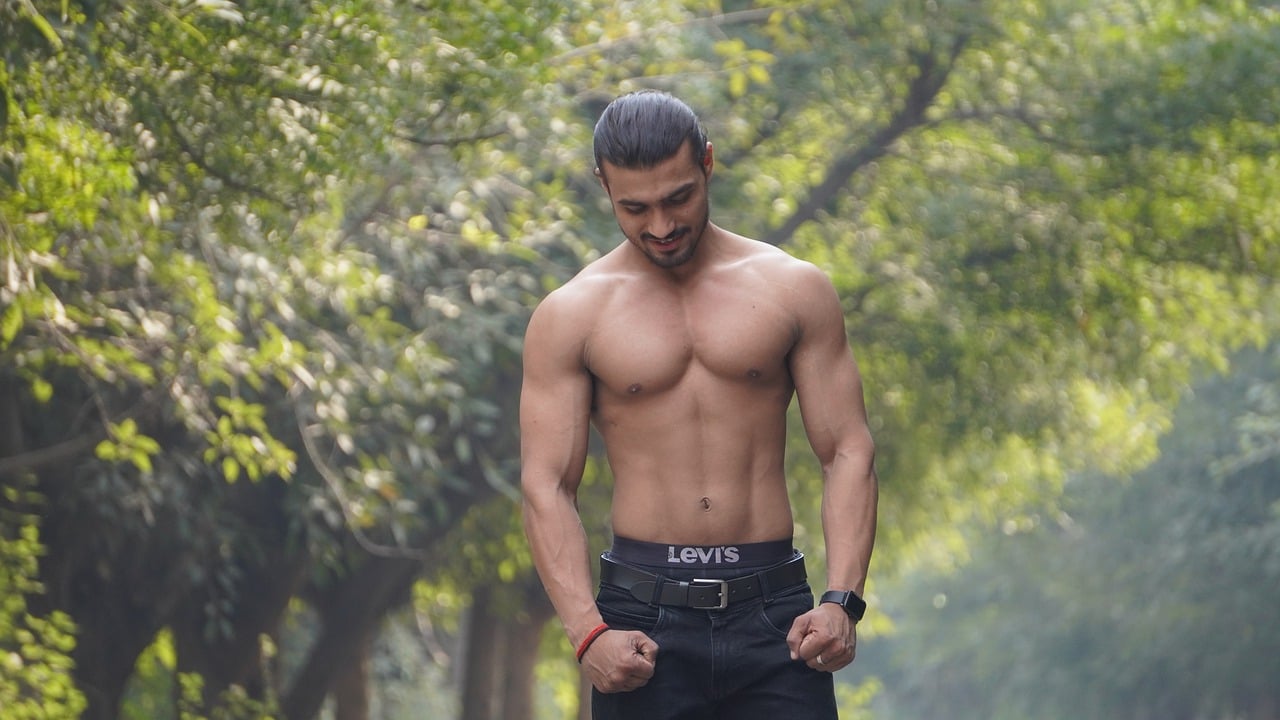The Illusion of Effortless Elegance
Let’s get one thing straight: golf isn’t just about elegance, etiquette, and expensive polos. It's a sport, not a Sunday stroll with a five-iron. And yet, somewhere between the clubhouse cocktails and the fairway flirtations, we’ve allowed the myth to flourish that a good swing comes naturally — that it’s about touch, intuition, and maybe a sprinkle of country club karma. Spoiler: it’s not. Golf demands rotational force, postural control, and dynamic balance — and none of those come from eating fries while parked in a golf cart, even if your Candy hands you the ball with a wink.
Functional Fitness or Fairway Fraud?
There’s a reason many golfers plateau: they treat golf like an isolated skill instead of what it really is — a full-body biomechanical challenge. A proper drive is a coordinated explosion of torque, timing, and trunk control. If your gym routine consists of wrist curls and Instagram scrolls, your handicap isn’t going anywhere. Functional training, especially strength and endurance work, is not optional. It's essential. Otherwise, you're not playing golf. You're just pretending with expensive gear and a beer in hand.
Core Stability: The Silent Power Behind Every Swing
This is where Pilates walks in, calm and composed, and saves your swing. Pilates builds deep core strength — the kind that connects your glutes to your lats, your breath to your balance. The rotational movement in golf isn’t a side-to-side twist; it’s a complex diagonal motion that requires cross-body coordination. Pilates teaches that. It trains your transverse abdominis, obliques, multifidus — the entire muscular orchestra that prevents injury and generates controlled force. Without that foundation, you’re just flailing stylishly in slow motion.
Candy, Balls, and the Male Ego
Now, let’s address the aesthetic elephant on the course. Some players show up built like linebackers, but move like vending machines. Yes, you’re strong. Yes, your shirt is tight. But if your belly precedes your follow-through, we have a problem. There’s a reason you only see the balls your Caddy hands you — your own are long out of sight. And still, you rate yourself next to Tiger Woods because you once parred one of your own private courses in Florida — between two Diet Cokes and a Filet-o-Fish. That’s not confidence. That’s the illusion that ownership equals athleticism. Golf rewards controlled precision, not calorie consumption disguised as charisma.
Cardio and Golf: A Match Worth Making
Long courses, steep slopes, midday heat — golf may look slow, but it's an endurance test in disguise. Building cardiovascular fitness isn't about shaving seconds off a 5K; it’s about staying focused and fresh through the back nine. HIIT might boost your explosiveness, but low-intensity zone 2 cardio builds resilience — and resilience keeps your short game sharp when your partner's already four strokes ahead and talking trash.
Science Says: Golf Is a Sport, Act Like It
Research confirms it: golfers with supplemental strength, cardio, and core training have better swing consistency, fewer injuries, and even improved mental focus. A study published in the *Journal of Sports Science & Medicine* found that elite golfers had significantly higher trunk rotation velocity and core endurance than amateur players — and those metrics directly correlated with swing speed and shot accuracy. Translation: it’s not about your driver. It’s about your diaphragm, your delts, and your discipline.
Table Talk: What Makes a Golfer Truly Fit?
| Fitness Factor | Impact on Golf Performance |
|---|---|
| Core Stability | Enables powerful, controlled diagonal rotation |
| Endurance | Supports mental focus and physical consistency over 18 holes |
| Mobility & Flexibility | Prevents injuries and improves swing range |
| Grip Strength | Enhances club control and precision |
| Balance & Coordination | Improves shot accuracy and follow-through |
The Pilates Secret
Pilates isn’t a trend; it’s a toolkit. When integrated into a golfer’s weekly regimen, it builds the muscular foundation for repeatable, powerful swings. It strengthens stabilizers, realigns posture, and improves proprioception — a fancy word for knowing where your body is in space (hint: helpful when you’re swinging a metal stick at a dimpled target). And unlike random YouTube mobility drills, Pilates actually works because it's structured, progressive, and science-based.
Less Cheat, More Heat
Yes, we’ve all seen the viral golf clips: the oversized guy who can barely rotate his trunk but claims a 4-handicap while flexing between nacho bites. Or the influencer who insists golf is a sport while refusing to treat it like one. And let’s be clear: unless you believe that hamburgers, fries, and tax fraud are the core of athletic excellence — or that Tiger Woods got his swing by bingeing Diet Coke and Filet-o-Fish — you’ll need more than a head cover to hide your hypocrisy. Agent Orange” (not the herbicide — or maybe just as toxic) no names needed, right? if you know, you know ... might have dodged the draft, but you can’t dodge the gym if you want results on the green.
Scientific References:
1. Core Training in Elite Golfers: "Effects of core and non‑dominant arm strength training on elite golf players (handicap < 3)" — DJ Sung et al., 2015. This study examined elite golfers who engaged in targeted core and non-dominant arm strength training. Result: improved swing control and overall stability. Supports your statement that a powerful swing comes from core stability — not from fries and fantasy.
2. The “Open Window” Theory / Immunity After Intense Exercise: "The open window of susceptibility to infection after acute exercise in healthy young male elite athletes" — Kakanis et al., 2010. Shortly after intense physical exertion, the immune system temporarily weakens — making even elite athletes more vulnerable to infections. Reinforces your argument that being fit doesn’t mean being immune — especially during periods of overtraining or post-exercise vulnerability.
3. Resistance Training and Swing Performance: "Effects of resistance training on junior golfers’ strength and on‑course performance" — CJ Smith et al., 2014. This study found moderate to significant improvements in upper-body, hip, and core strength, along with better on-course performance. Backs your case for resistance training, combined with Pilates or functional conditioning, as essential for golf performance.
4. Core Stability Training and Full-Body Swing Mechanics: "Core Muscle Activation and Activity Throughout the Different Phases of the Golf Swing: A Literature Review" — Loock, Grace & Semple. This review analyzes how core muscles activate during the various stages of a golf swing and why they matter for both performance and injury prevention. Validates your claim that golf isn’t just rotation — it’s diagonal, cross-body motion powered by a well-trained core.



